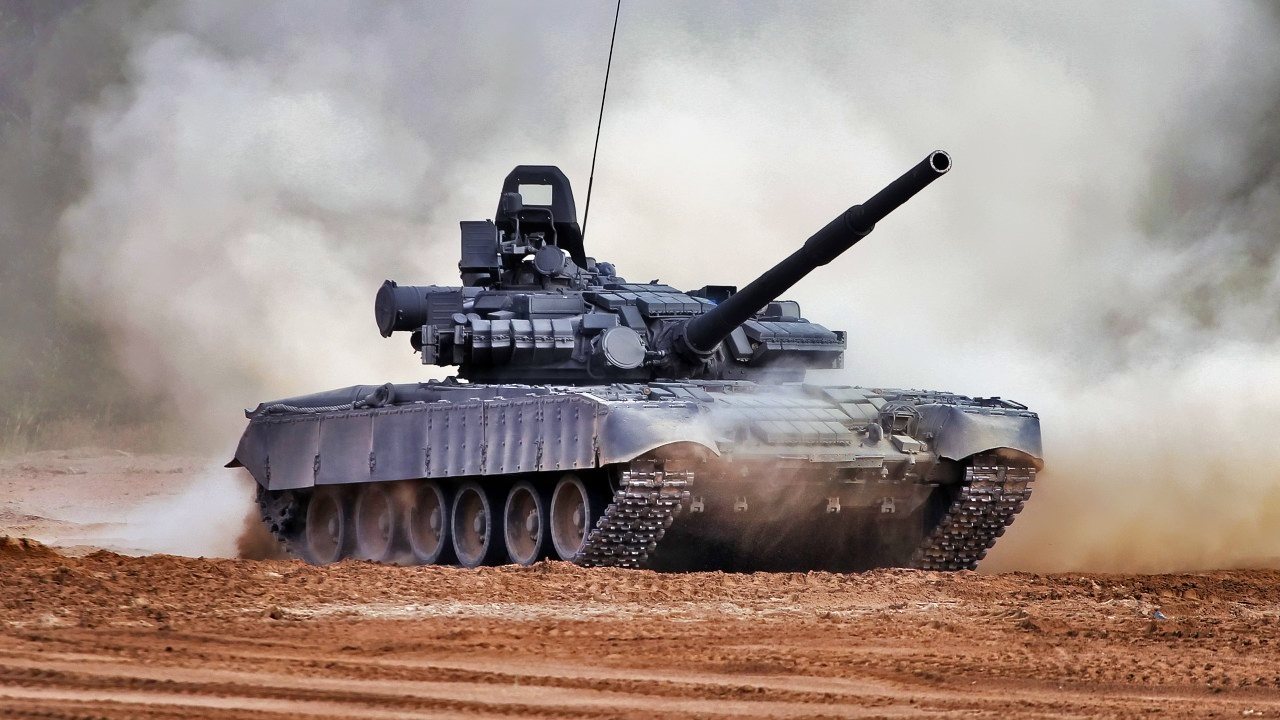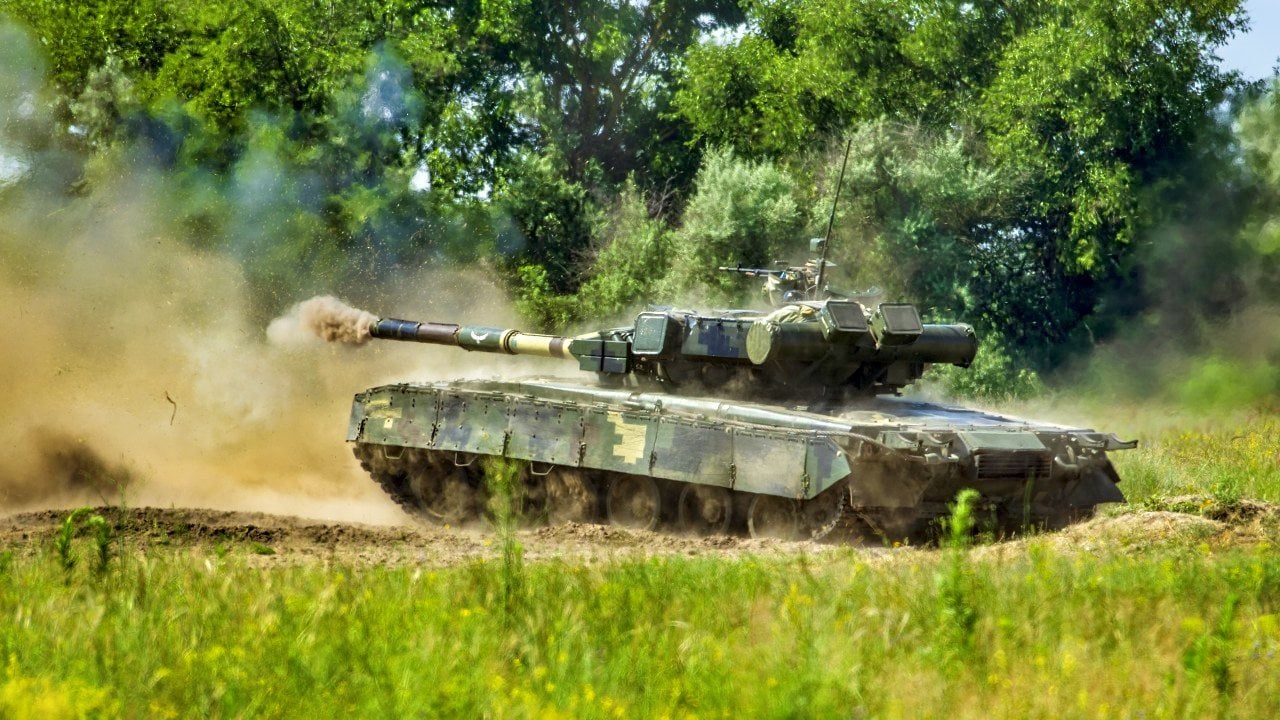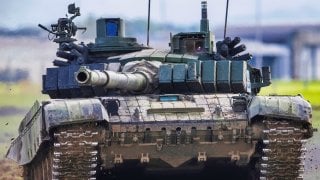Russia Is Taking Massive Losses in Ukraine: Still a Military Threat to NATO?
Despite over two years of conflict in Ukraine, Russian forces have struggled to achieve significant success, suffering substantial casualties and equipment losses. Should NATO still worry about Russia's military might?
Summary: Despite over two years of conflict in Ukraine, Russian forces have struggled to achieve significant success, suffering substantial casualties and equipment losses.

-Over 315,000 Russian soldiers have been killed, wounded, or captured, and thousands of heavy weapon systems have been destroyed.
-This has diminished Russia's perception as a conventional near-peer adversary to the United States, although it remains a top nuclear threat. General Christopher G. Cavoli of U.S. European Command expressed concerns that Russia will continue to expand its military and pose a threat to U.S. and allied security.
-While Russia's military reconstitution is progressing rapidly, the quality of troops and equipment is questionable. NATO's ability to respond effectively will depend on political will and military-industrial readiness.
Assessing the Russian Threat: Beyond the Ukraine Conflict
The Russian military has been fighting in Ukraine for more than two years. During that time, Russian forces have accomplished little when considering expectations before the war. They have contained Ukraine’s most recent counteroffensives, but they have failed to defeat a smaller military.
Furthermore, Western intelligence services assess that Moscow has lost over 315,000 men killed, wounded, or captured, as well as thousands of heavy weapons systems, including main battle tanks, aircraft, artillery pieces, infantry fighting vehicles, warships, and helicopters.

As a result of the fighting in Ukraine, the idea of Russia as a conventional near-peer adversary to the United States has waned for many – even though it remains the top nuclear threat, with more than 5,000 nuclear warheads. However, the U.S. military and NATO still expect Russia to pose a credible conventional threat after the conflict in Ukraine is over.
In a talk with the Atlantic Council last week, Army Gen. Christopher G. Cavoli, head of U.S. European Command and the Supreme Allied Commander Europe, expressed his concern that Russia will continue to threaten U.S. and allied security for years to come.
“Russia will be on track to expand the size of its military, it has already announced its plans to do so,” Cavoli said. “It has ramped up industrial production and manpower intake in order to achieve these goals. It will be arrayed in the western parts of Russia and associated nations, perhaps on the borders with NATO, and it will be a large force.”
The rapid expansion of the Russian military – Moscow has stated plans for a million-strong military force – doesn’t necessarily mean a more effective fighting force.
“The ground forces have clearly taken the bulk of the attrition. They have lost more than 2,000 tanks, they have lost dozens of thousands of soldiers killed, and over 200,000 wounded. Very significant losses,” Cavoli said.
But the growth is still significant.
“If you look inside Ukraine today, the Russian Army in Ukraine is bigger now than it was at the beginning of the fight,” NATO’s commander added. “So, clearly, the reconstitution quantitatively is moving fairly quickly. Qualitatively, I think we can assume – or we can witness – that many of the troops are not as high quality, that they are reaching a little farther field; a lot of the equipment they are fielding is older, it’s refurbished, but it’s based on older models. But nevertheless, the reconstitution is happening now.”
Cavoli went on to highlight that no matter what Russia does in the coming months and years, U.S. and NATO preparations are equally important to the outcome of any potential conflict. He mentioned political will and the structure of the military-industrial base as the two most important determining factors for whether NATO reconstitutes its forces quickly and effectively enough to counter any Russian advantages coming out of Ukraine.
About the Author
Stavros Atlamazoglou is a seasoned defense journalist specializing in special operations and a Hellenic Army veteran (national service with the 575th Marine Battalion and Army HQ). He holds a BA from the Johns Hopkins University and an MA from the Johns Hopkins’ School of Advanced International Studies (SAIS). His work has been featured in Business Insider, Sandboxx, and SOFREP.
Image Credit: Shutterstock.


